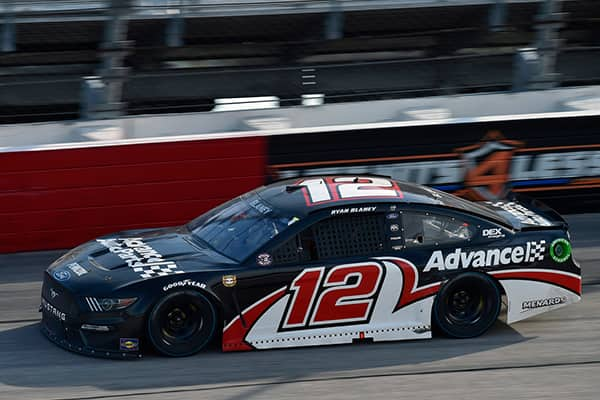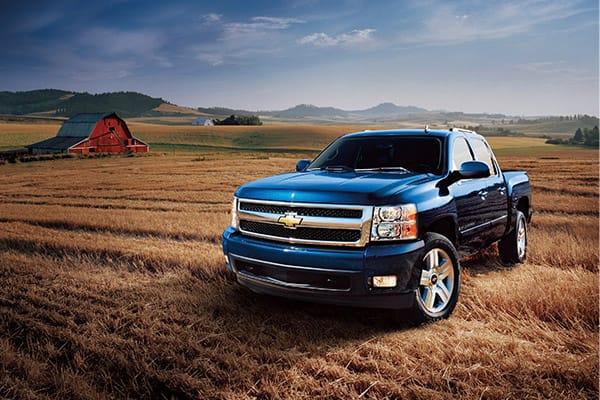Autocross is time-trial racing on a short course that's usually marked by chalk and cones. It's one of the most fun and accessible forms of motorsport out there. One of the big selling points of this form of entry-level racing is that you can get started with whatever car you already own and while you can modify a car to compete with, many people just turn up with their daily.
The emphasis is on car control at relatively low speeds (compared to other forms of motorsport). This means that there's less risk to you and your precious car. This makes it a great entry point into racing for the majority of people.
What do I need to get started?
Because most cars are eligible, the list of equipment is pretty low. You'll need a helmet, driver's license, and that's about it. There are mods you can make to your car and additional equipment you can get but if you're after the bare minimum, there's a really low barrier to entry here.
What car should I use?
That's totally up to you but the best place to start is with whatever you've got. Brett Becker from the National Autosport Association (NASA) has this advice: “In theory, you can autocross anything, but there are limitations. Trucks and SUVs generally aren't good candidates. They can be tippy, and they wouldn't be much fun, which runs counter to the point of autocross.
“Obviously, it's more fun if you drive a car that can be described as “sporty." That can be a sports car or sedan, a hot hatch or a modern muscle car. Anything that handles reasonably well will be good enough to get you out there and having fun. Of course, the easiest answer is the Mazda Miata, right?"
Where can I try autocross?
The two main places to look for local events are through NASA and the SCCA. You may also find privately run driving events that adopt the time trial format.
Look out for NASA's high performance driving events, known as HPDE. Here, you can start at the level that suits you. HPDE1 is driving alongside an instructor to hone your car control skills and learn some of the basics. Then you have HPDE2, where you tackle the courses alone. Prove your skill and consistency at this level and you can advance further up the ladder.
The Sports Car Club of America (SCCA) runs Solo® events at a number of different levels, too. Most people start with the full-day school that teaches the key concepts of autocross. Car control skills are important in all forms of motorsport so this is a great starting point no matter where you're looking to compete in the future.
From there, the SCCA runs regional events across the country. This is where you can really hone your skills and meet other competitors.
What does the competition ladder look like?
Some people never move beyond regional events but if you find you love autocross and want tougher competition, SCCA's divisional events and series are the next logical step. For NASA events, you can move to HPDE3 and 4 once you've proven yourself at the entry levels.
Heyward Wagner, senior director of Rally and Solo events at SCCA, explains your options if you're looking to go professional. He says, “There are some high level, invitational events out there that do pay pretty significant prize money and get a fair amount of exposure and media attention."
However, the joy of autocross is that it's relatively straightforward without the large, complex ladder of some other motorsports. Wagner continues: “The high-level events are great for the sport in general but the ladder within SCCA is pretty flat. We do have events ranging from entry-level to National Championship but part of the philosophy of being a club is that drivers of all levels are welcome at all levels."
How can I modify a car for autocross?
If you're looking to get into a series that will allow you to make big mods to your car, autocross probably isn't it. (If that's what you're after, look at drifting.) Most people start out with a stock car they already own. Wagner says: “Before you spend any money on modifying the car, make sure you are up to date on basic maintenance and have decent tires."
Once you know how your car handles during the events, you'll start to see where you'll be able to make big gains. You'll also be able to speak to people with cars similar to yours that can give you some advice on what will make the most difference.
In autocross, power mods aren't that helpful when your goal is precision. Instead, you should focus on the things that will help you with car control. Becker says: “When you are ready to begin modifying the car, look at tires, alignment and then maybe brake pads. It's better to focus on what makes you faster through the turns rather than on the straightaways, because there are more of the former than the latter in autocross."
Because you can use your daily driver as an autocross car, getting started is easy. As with most types of racing, focus on developing your skill as a driver before you make changes to your car. Many people fall into the trap of building a car to improve their times when they'd be better off improving their skill behind the wheel.
Look for local events to get you started. A list of regional clubs can be found on the NASA and SCCA websites.
Have you ever tried autocross? Let us know in the comments.













